Caraway (Carum carvi) is a specific aromatic spice that is also known as Persian cumin or meridian fennel. The plant is a herbaceous perennial from the Apiaceae family and a relative of parsley and carrots. Caraway is found in the wild in Europe, Asia and North Africa.
Caraway reaches a height of 11.8″ (30 cm), and its leaves resemble those of carrots. The familiar spice is actually the fruit of the plant, erroneously called seeds. Cultivated caraways differ from ones found in the wild because they are grown as biennial plants.
The seeds are sown outside from May to September, mainly in areas with good sun. The fruits of cultivated caraway are ready for consumption the following year. In addition, Eastern European caraway is characterized by relatively small fruits, but Dutch caraway has large ones.
The small fruits of the plant have a strong anise flavor and taste. They must be picked before fully ripe. The grains are most commonly used whole, without being ground. Their alternatives are the seeds of elder, from which caraway differs in form, taste and aroma.

The history of this aromatic spice, that should not be confused with cumin, began a long time ago - in Eurasia and North Africa. There is evidence that caraway was cultivated in Egypt as early as 1500 BC.
There is also archaeological evidence in the form of remnants of caraway fruit, found near the hearths of multiple dwellings in Germany in 3000 BC, but also in the tombs of Egyptian pharaohs. Data on caraway are found in the cookbook of Roman gourmet and culinary author Apicius, who included the spice in several recipes in very generous amounts.
In the Middle Ages, the plant was haunted by a mystical aura, because it was attributed with having magical powers. Even the great Shakespeare mentioned it in the 16th century in his works.
The plant yields an essential oil that is obtained by steam distillation of the fruit. The oil is a gray-brown liquid with a specific odor and slightly acrid taste. The essential oil of caraway is beneficial because it stimulates secretion in the gastrointestinal tract and mammary glands. It is used in cosmetics as an aromatizer, in the making of soaps, lotions and perfumes.
Composition of caraway
The fruits of caraway are very rich in essential oils. Their content is between 3% to 7%, and this oil has a very distinctive smell and taste.
Storage of caraway
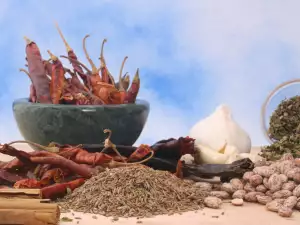
Store it in a closed, dry area.
Culinary use of caraway
Caraway is a specific spice that is most often added to oily and more difficult to digest foods, such as pork, goose, duck, dishes with cabbage, beets, etc. Moreover, it is a favored spice for complementing the taste of crackers, pies, cakes, phyllo pastry pies, other bakery products. The scent of caraway is well suited to certain cheeses, cheese curds, milk pates and other dairy products.
Take caution when deciding on the amount of the spice to use because the taste is quite intense. 1/2 - 1 tsp is more than enough for a meal of 4 servings.
The small fruits find a wide use in the production of many kinds of sausages or canned meat. In canned products, they act as an antimicrobial preservative. Aromatic drinks, such as liqueurs and brandies are also made with caraway. Quite often the spice's flavor is suitable for flavoring soups and other dishes, that are quite popular in Central European and Scandinavian cuisine.

Benefits of caraway
Caraway aids digestion, so it is appropriate to season heavy foods made from animal products or difficult to digest vegetables, such as cabbage. The fruits and essential oil stimulate gastric secretion, and promote digestion. Drinks with caraway, including tea are an effective anti-colic and other stomach ailment treatment.
For better digestion, it is recommended that you drink caraway tea during lunch or dinner. It has a high success rate in preventing flatulence and relieving a bloated stomach. This is a result of the increased production of digestive juices, the aid of which allows for food to be digested more easily.
Just like anise and dill, the aromatic substances in caraway stimulate lactation, and is therefore recommended for nursing mothers and pregnant women. If you have problems with bad breath, chew a few fruits of caraway to help fix the problem.
Besides being considered the most effective remedy for flatulence, caraway is used as a remedy for overeating and spasms in the gastrointestinal tract. It supports the removal of nerve interference in the cardiovascular system, and is celebrated as an effective anti-cough treatment.
Caraway tea
1 cup of boiling water is poured over 2 tsp of caraway seeds. Brew for 15 minutes, then strain and drink 1 cup before meals.
Dangers of caraway
The strong taste of caraway can make you feel ill if you take an overdose of the spice. It is also important not to try to collect the fruits of caraway alone. It has a lot of look-alikes and plants of the Apiaceae family, such as wild chervil, may be toxic.

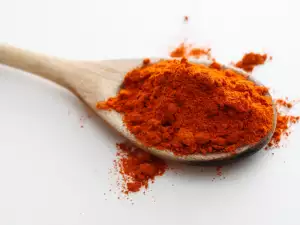


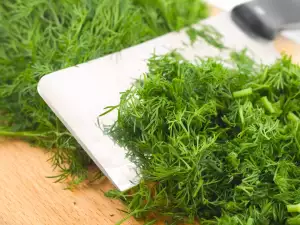
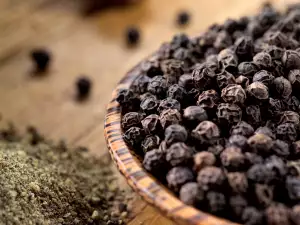

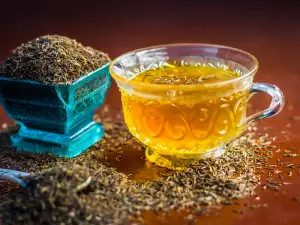
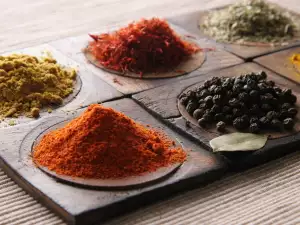

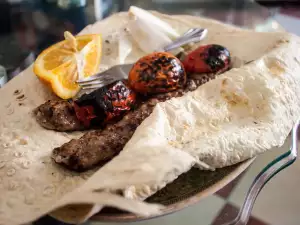

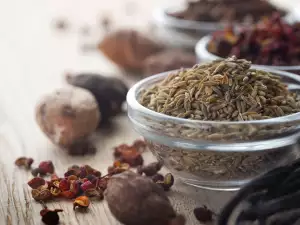
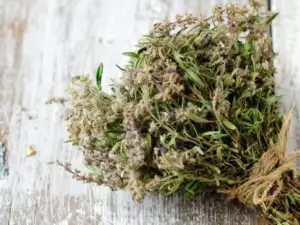
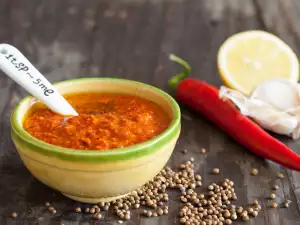
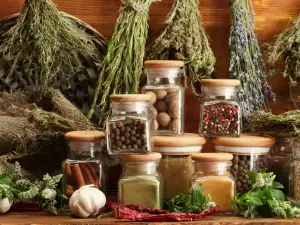



Comments